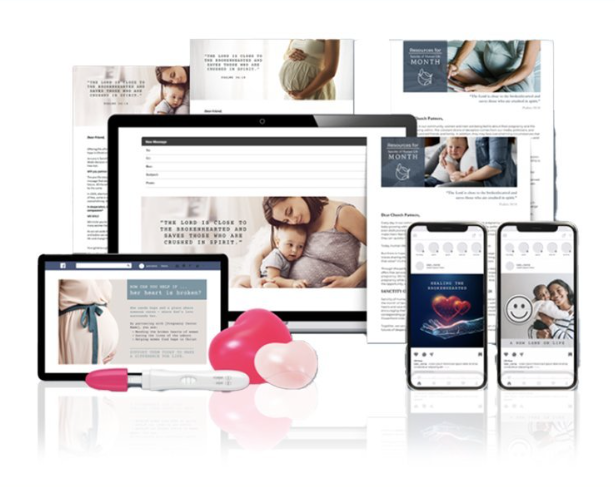Emails and email campaigns effectively communicate with your donors, keep them informed, and ask for donations during critical times of the year.
However, your email results largely hinge on your ability to collect and nurture a quality subscriber list. Continue reading for a few tips on how to do this.
Building Your Subscriber List
Building your subscriber list is an ongoing task that requires strategy and attention to detail. One of the biggest obstacles to gaining more subscribers is often forgetting to ask donors for information at events, during sign-ups, or in your website forms.
First, before you set out to build your subscriber list, decide on the basic level of information you need to ensure you are collecting usable information. We would recommend:
- First Name
- Last Name
- Email Address
- Email Opt-In (Always ask for consent to add them to your email list!)
- Phone Number* (This is not a must, but you may want to ask for a phone number to call and thank donors.)
As you interact with your donors and receive donations, you will want to update your email database with more details, such as donation size, age/generation, volunteer status, and other noteworthy characteristics. These details will help you personalize and segment emails in the future.
Once you know the information you’re collecting, it’s time to think about how you will collect it. Consider asking for this information on all website forms, print-out contact forms, and sign-in sheets at open houses or events. You will also want to add a subscribe button on your website to allow donors to sign up for updates and email communication.
Staying on top of the data you want to receive and including it everywhere you collect information will help you build your subscriber list.
Nurturing Your Subscriber List
When donors sign up for your email communications, they trust you to send them relevant, helpful information and updates about your pregnancy center.
To nurture your subscriber list, you do not want to break this trust by sending too many emails or only asking for donations and nothing else.
Create an email communication calendar to help you diversify your emails. You want to include regular updates, monthly newsletters, client stories, and occasional appeals or fundraising campaigns. Set a cadence that your donors will come to expect. They will love engaging with your center and hearing about your highlights, updates, needs, and events.
Also, remember that there are certain times of year or specific fundraising campaigns when you can email more than your routine. For example, donors expect your emails and appeals during the holidays.
Don’t hesitate to make your appeals; simply remove those who have already given from future emails to ensure they aren’t receiving ongoing asks.
Keeping Your Email List Clean
Also, at least every quarter, go through your email list and look at any bounced or undeliverable emails. Remove or update any that have “hard bounced,” meaning they can’t be delivered because the email doesn’t exist (check for typos) or because the person no longer uses that address.
You may notice some “soft bounced,” which usually means there could be temporary delivery issues. Monitor these and if they don’t stop bouncing, remove them.
If you haven’t seen any engagement from emails on your list or you know donors have moved or sadly passed away, consider removing those email addresses as well.
A clean list can help improve your data for marketing decisions and increase your overall delivery rates and sender score. A smaller, accurate list can also lead to cost savings if you use an email provider that charges based on the number of contacts.
Have You Tried a Segmented Email Campaign?
Choose Life Marketing offers segmented email campaigns to help you raise funds through powerful email messages, eye-catching subject lines, and strategy.
Contact us today for more information on our email marketing services.
Additionally, check out our free marketing materials for more on segmented email campaigns to learn how you can make the most out of your emails through segmentation and resends.









